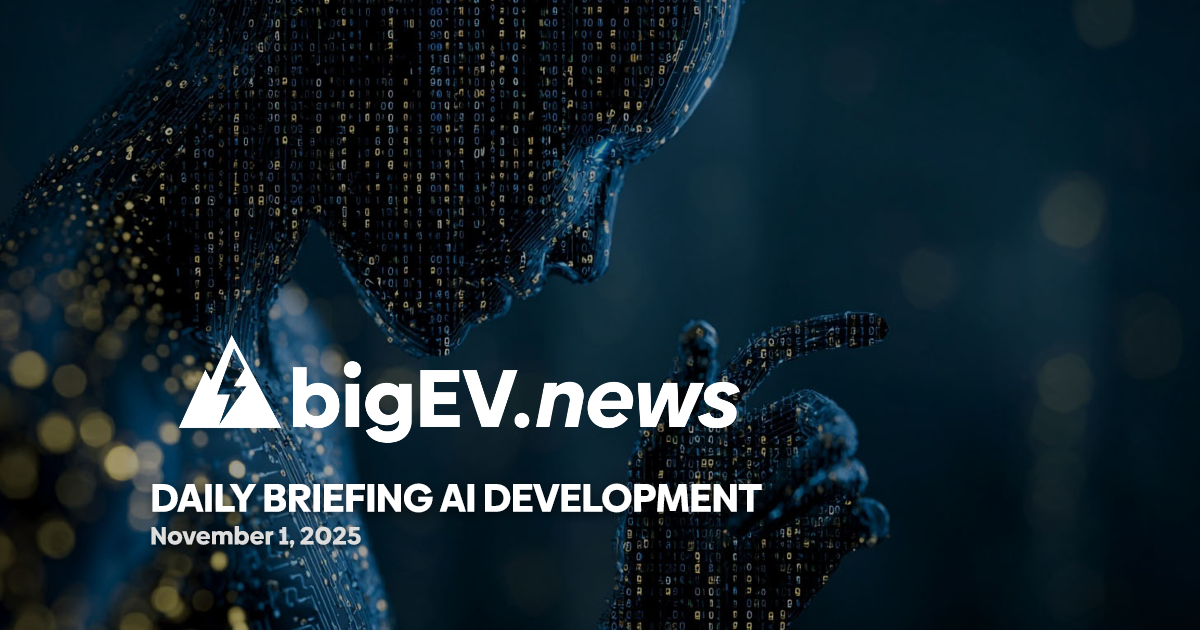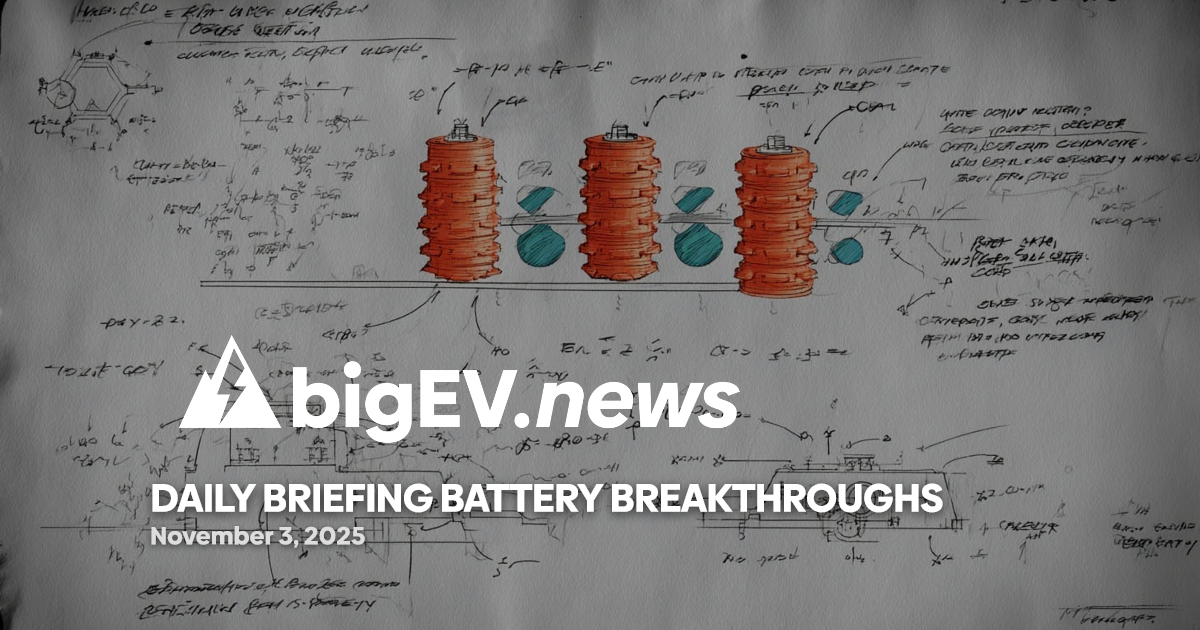A surge of breakthroughs and strategic moves in AI, automation, and machine learning is reshaping healthcare, infrastructure, and global technology competition.
At a glance – The past 24 hours have seen a dramatic escalation in the global artificial intelligence race, with new models and infrastructure launches challenging established industry leaders. Chinese AI firm DeepSeek has unveiled its R1 model, which delivers state-of-the-art performance at 70% lower training costs compared to leading U.S. models. This leap is attributed to DeepSeek’s custom hardware, proprietary optimization, and China’s low energy costs. The R1 model is positioned as a direct competitor to OpenAI and Anthropic, with plans for global commercialization targeting both enterprise and academic markets. Analysts view this as a pivotal moment, signaling a shift in the balance of power in large language models and intensifying competition between Chinese and Western AI ecosystems.
Technology advance – In healthcare, a new transformer-based AI model named Delphi-2M is redefining disease risk prediction. Developed by an international research team and trained on the UK Biobank, Delphi-2M can forecast the progression of over 1,200 diseases across decades, factoring in medical history, lifestyle, sex, and BMI. The model not only predicts the likelihood but also the timing of disease onset, outperforming traditional age-and-sex baselines. Its ability to simulate lifelong disease trajectories opens new avenues for synthetic, privacy-safe health data generation. Despite its promise, Delphi-2M faces challenges in long-term predictive power and dataset diversity, highlighting ongoing hurdles in AI-driven healthcare planning.
Partnerships – The AI-powered cardiac imaging sector is witnessing a new wave of collaboration between medical device manufacturers and AI researchers. A team of engineers and clinicians has developed a miniature imaging camera, integrated with advanced AI algorithms, capable of detecting hidden coronary artery risks in real time. The device, small enough for catheter-based procedures, provides unprecedented detail in identifying blockages and plaque that standard imaging often misses. Early clinical trials suggest this technology could revolutionize cardiovascular diagnostics, enabling earlier interventions and potentially reducing heart attack rates. The project exemplifies the growing trend of cross-disciplinary partnerships driving innovation at the intersection of AI and medical technology.
Acquisitions/expansions – Huawei has announced a comprehensive suite of AI infrastructure products, including new chipsets, cloud services, and developer tools, as part of its strategy to fill the void left by U.S. export restrictions on Nvidia and other American chipmakers. The launch is a direct response to tightening sanctions, which have effectively locked Nvidia out of the Chinese market. Huawei’s move is seen as a critical step in bolstering China’s self-reliance in AI compute capabilities and reducing dependence on Western technology. The company’s new offerings are designed to serve both domestic and international clients, positioning Huawei as a cornerstone of China’s next-generation AI infrastructure and signaling a broader shift in the global technology supply chain.
Regulatory/policy – In the policy arena, the U.S. Department of Health and Human Services (HHS) has doubled its funding for childhood cancer research, with a significant portion earmarked for AI-driven projects. The initiative aims to accelerate the development of advanced diagnostic and treatment tools, leveraging machine learning to analyze vast datasets and uncover novel therapeutic targets. This funding boost reflects a growing recognition among policymakers of AI’s transformative potential in healthcare and underscores the importance of sustained investment in research and innovation. The move is expected to catalyze new public-private partnerships and drive further integration of AI technologies into clinical practice.
Finance/business – The AI sector’s rapid evolution is also reshaping financial markets and business strategies. According to the latest industry reports, the cost of AI inference—running trained models in real-world applications—has plummeted thanks to the rise of smaller, more efficient models. This trend is making advanced AI capabilities more accessible to startups and established enterprises alike, democratizing innovation across sectors such as logistics, energy, and finance. The Stanford 2025 AI Index Report highlights that these efficiency gains are driving a new wave of adoption, with companies increasingly integrating AI into core operations to boost productivity, reduce costs, and unlock new revenue streams. Industry leaders are closely monitoring these shifts, anticipating further disruption and opportunity as AI technologies continue to mature.
Sources: crescendo.ai, News-Medical, TechCrunch, News-Medical.net, U.S. Department of Health and Human Services, Stanford HAI








